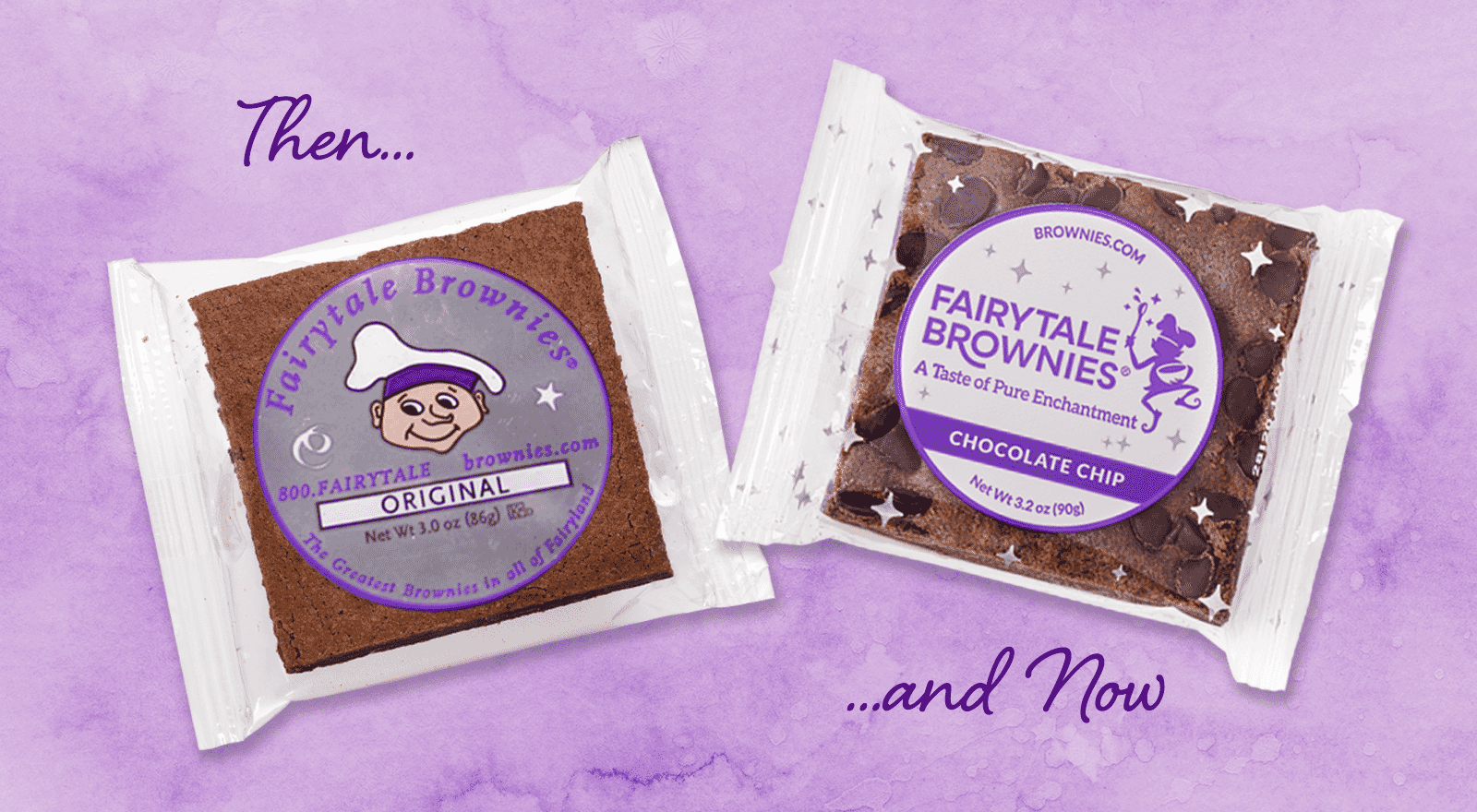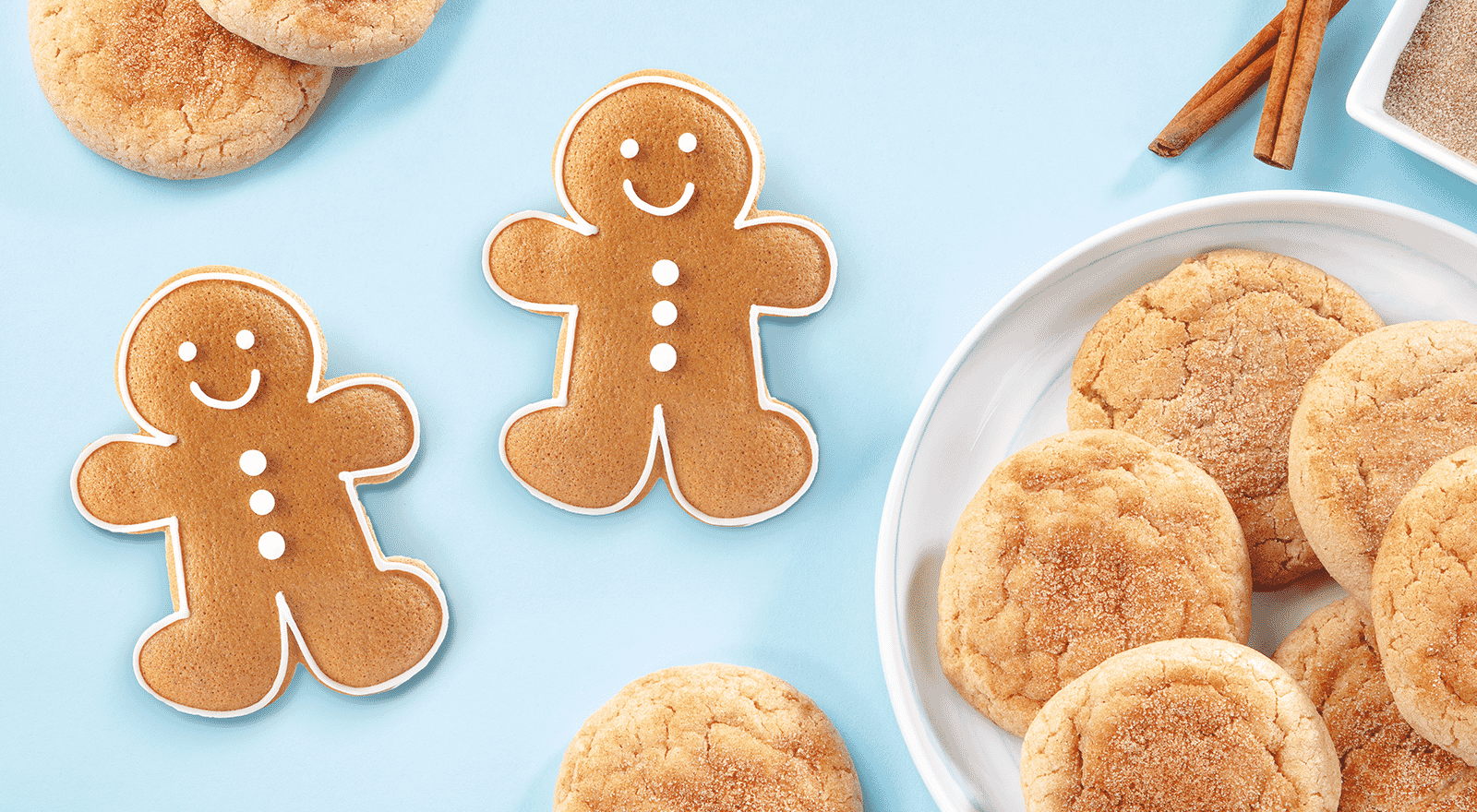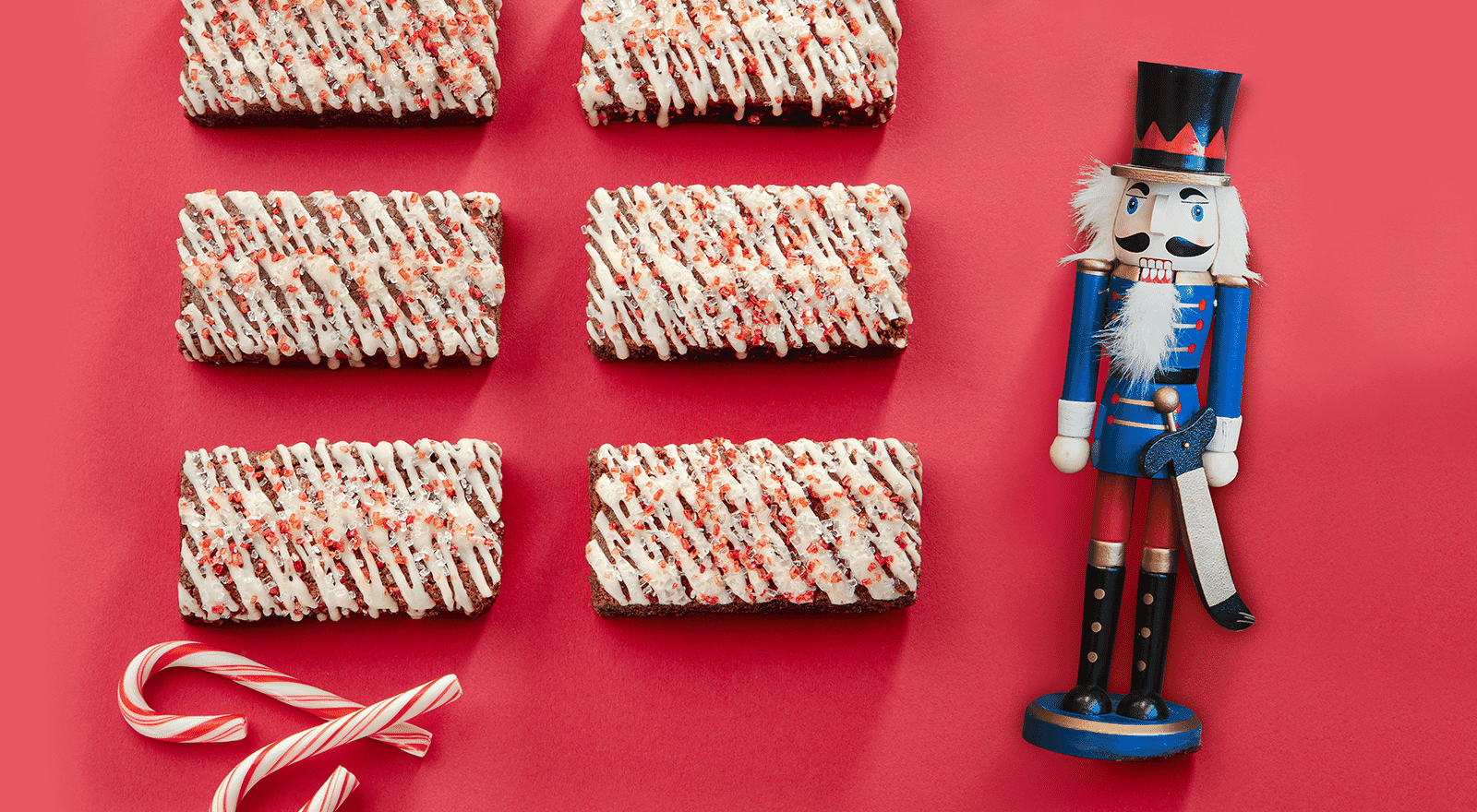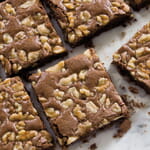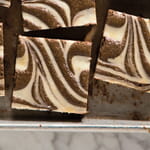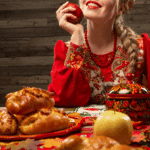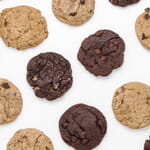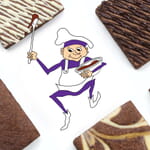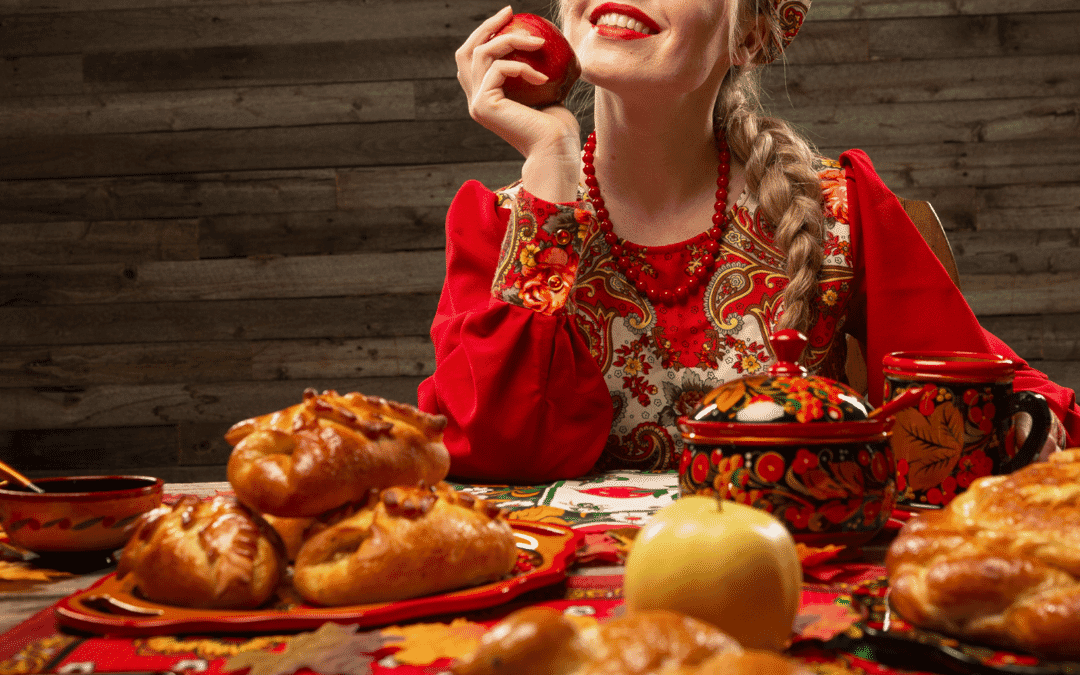
Did You Know? 5 Sweet Fairy Tales about Food
It’s our 29th anniversary, and we’re celebrating with a special peek into our namesake—Fairytale Brownies.
Some might know about the folklore creature called a “brownie,” which is a friendly household spirit that performs good deeds while the nearby humans sleep.
It’s where we got the inspiration for our logo—and, of course, a fun play on the irresistible gourmet treats we sell.
But the layers to our company name can go deeper than that!
Folklore, Fairy Tales, and Food
Food and storytelling are a pairing meant to be, and have been for as long as people have been sharing stories. It’s an essential part of human life, after all.
From Aesop’s Fables of Ancient Greece to traditional folklore around the world, food pops up a lot.
And since many fairy tales have roots in folklore, that theme of “food” carries over in the fairy tales written and collected by well-known authors like Hans Christian Andersen and the Brothers Grimm.
You’ll recognize many fairy tales about food!
Snow White bites a poisoned apple, Cinderella’s carriage is transformed from a pumpkin, and Little Red Riding Hood brings food to her grandmother—before becoming a meal herself! Jack exchanges a cow for magical beans in Jack and the Beanstalk. The Princess and the Pea can’t sleep because she feels a pea wedged beneath her mattress.
And that’s just to name a few.
In fact, we could go on for days about all the folklore and fairy tales from around the world that have food as a central element.
Instead, we’ll dive into just a few of the sweetest ones—the stories about candy, treats, and dessert!
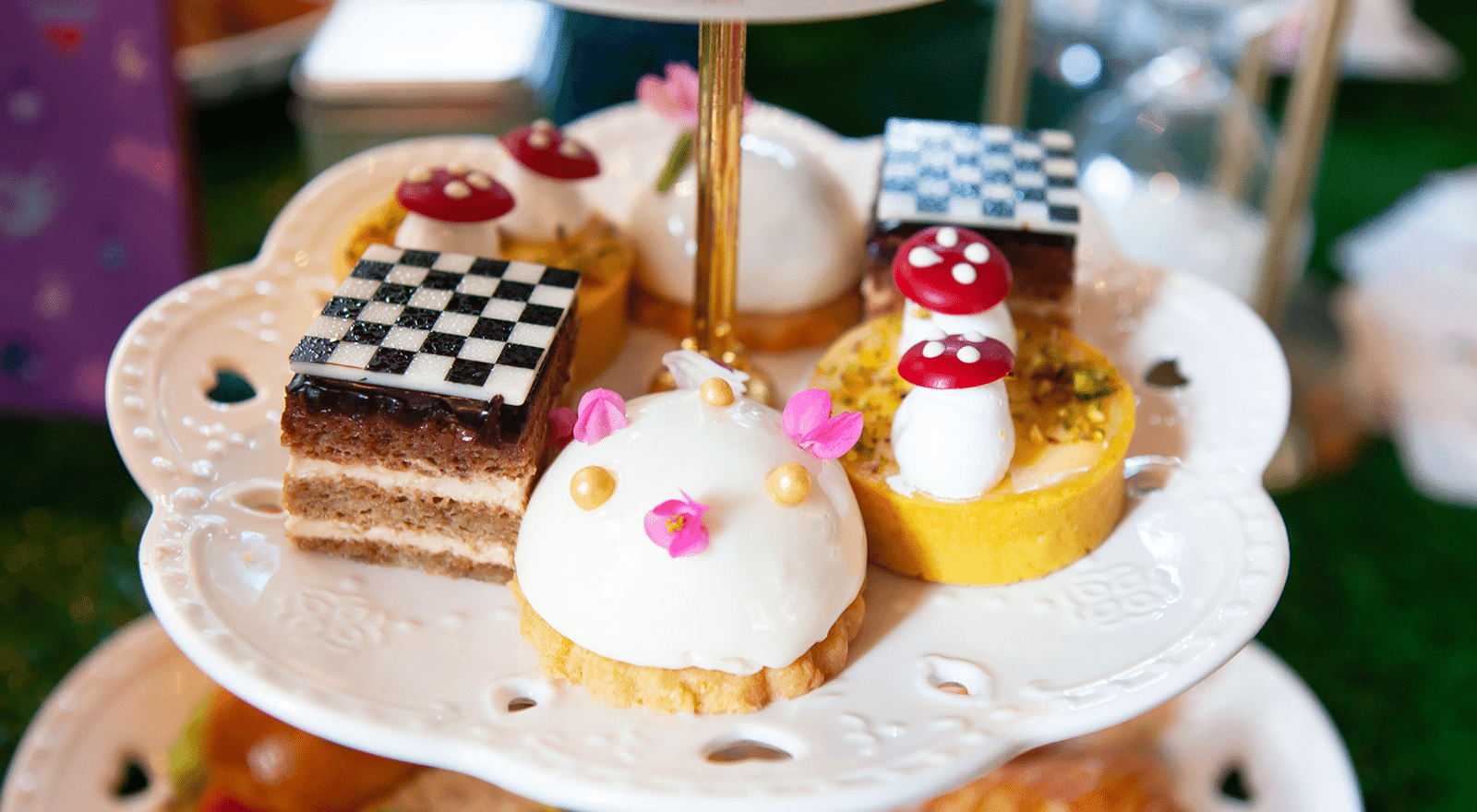
Hansel and Gretel
When you think “fairy tales about food,” the German tale of Hansel and Gretel might be the first thing to pop in your mind!
In the version popularized by the Brothers Grimm in 1812, a great famine sweeps over the land. Food is scarce, so Hansel and Gretel’s parents abandon them in the woods to fend for themselves.
After days of wandering, the hungry children find a cottage built of gingerbread, chocolate, candies, and other sweets. When they start to gorge themselves on sweets, the old woman who lives inside invites Hansel and Gretel in.
Little do they know, the woman is a witch who plans to eat them. Luckily, the clever children manage to trick the witch. Gretel shoves the witch into her own oven! The children take the witch’s jewels and clothing and return home to live happily ever after.
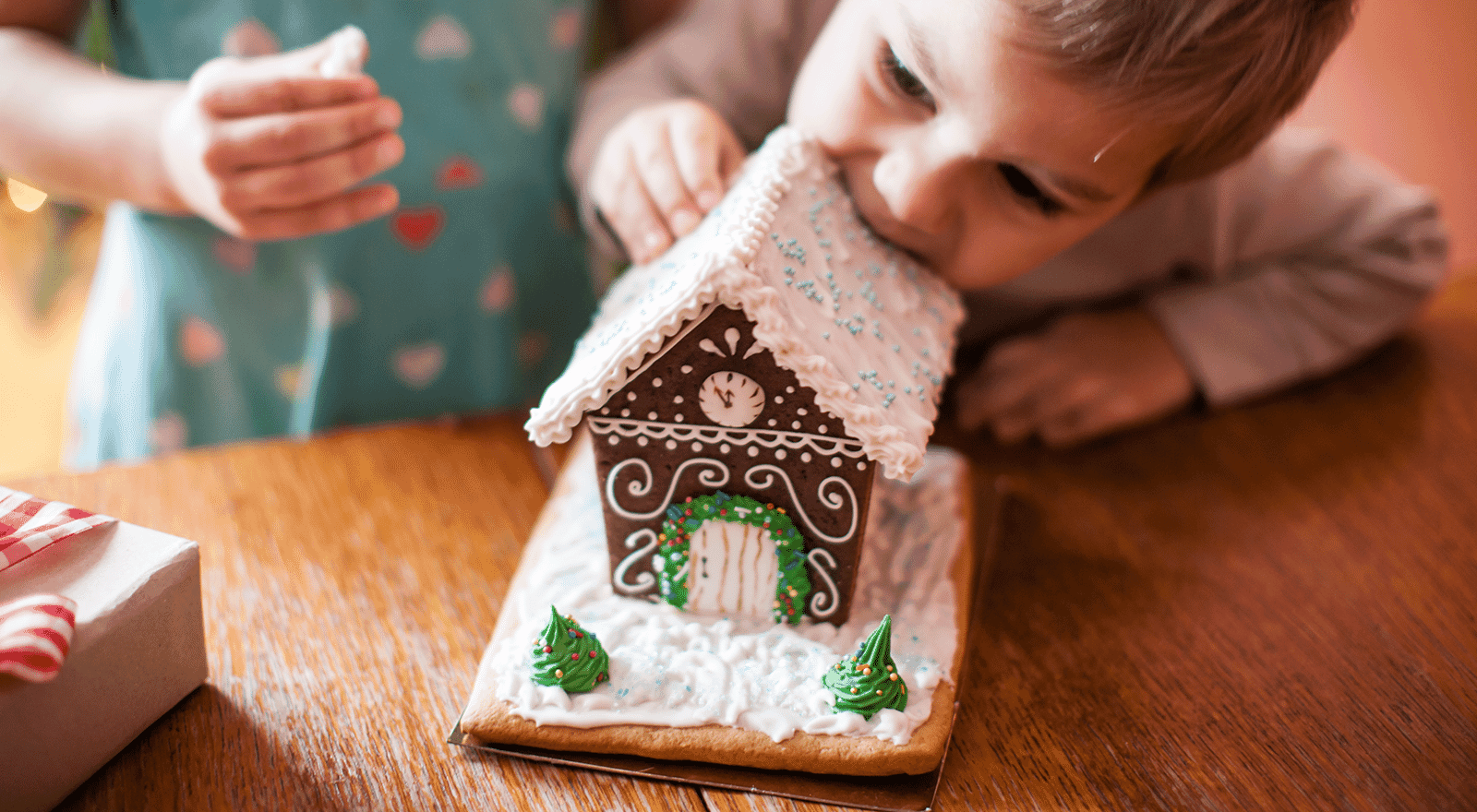
The Gingerbread Boy
Another popular fairy tale about food is “The Gingerbread Boy,” first published in a magazine in 1875.
In the original, the tale begins when an old woman bakes a gingerbread boy, only to be caught by surprise when the cookie leaps from her oven and runs away! The woman and her husband run after him, but the gingerbread boy is too fast.
Throughout the story, the gingerbread boy outruns farmers and farm animals, taunting them all the while and bragging about how fast he is. But in the end, a fox is faster and manages to catch and eat the fleet-footed cookie.
In other versions of the story, the fox tricks the gingerbread boy rather than outpaces him. When a river blocks the gingerbread boy’s escape route, a fox offers to ferry him across. This, of course, leaves the gingerbread boy vulnerable to the fox’s hungry jaws.
And who could blame the fox? We’re craving some tasty cinnamon cookies, too.
Momotarō
Momotarō, or “Peach Boy,” is a well-known folk hero in Japan. The tale’s exact age is hard to pinpoint, but it could have been told orally as early as the 1400s.
In the conventional form of the tale, an old, childless couple finds a giant peach floating down the river. When they open the peach to eat it, they find a child inside! They name him Momotarō and raise him as their son.
When Momotarō grows up, he leaves home to fight the demons that terrorize the land. During his journey, Momotarō befriends a dog, a monkey, and a pheasant, who help him in exchange for food. In the end, the hero and his friends defeat the demons, plunder their treasure, and bring the demon chief home as a captive.
In the most common version of the story, he gives his animal friends kibi dango, which is a sweet dessert dumpling made from millet flour, sticky rice flour, and sugar.
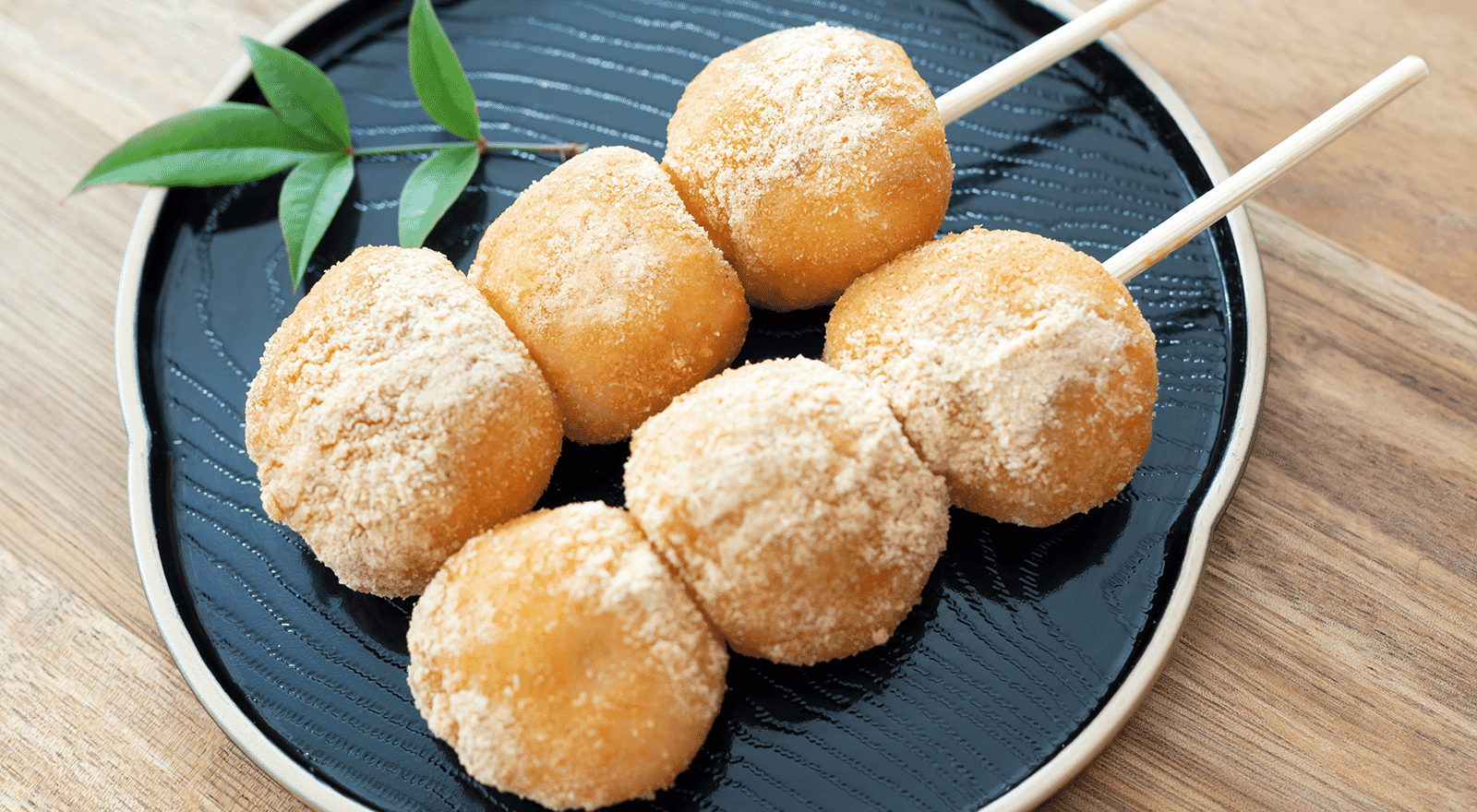
The Nutcracker and the Mouse King
Today, this fairy tale about food is better known for its ballet retelling, The Nutcracker, but it was originally a story written by a Prussian author in 1816.
In the original, three children are given toys for Christmas. The youngest, Marie, takes a special liking to a toy nutcracker. That night, Marie is alone with the nutcracker when the clock strikes midnight. Mice swarm the room, the toys come to life, and war breaks out between the toys and the mice.
When the nutcracker is in danger, Marie saves him by throwing her slipper at the Mouse King. Later, she saves the nutcracker again by giving the Mouse King sweets and dolls in exchange for the nutcracker’s safety.
In the end, Marie gives the nutcracker a toy sword so he can finally defeat the Mouse King. To thank Marie, the nutcracker takes her to the wondrous doll kingdom.
The Nutcracker ballet’s plot is similar.
It contains a lot more sweets, though! After the little girl saves the nutcracker from the Mouse King, he transforms into the Nutcracker Prince. Instead of the doll kingdom, the prince takes her to the Land of Sweets, where they enjoy treats from all around the world, including chocolate, candy canes, and more.
Maybe she got to enjoy some Candy Cane Crunch brownies, too!
Sweet Porridge
Sometimes known as “The Magic Porridge Pot,” this is another food-focused fairy tale collected by the Brothers Grimm in the 19th century.
We might not normally think of porridge as a sweet treat, but it can be! Across the world, porridge has been mixed with sugar, fruit, and syrups. Some countries enjoy traditional recipes for dessert porridges flavored with chocolate or cinnamon.
In the tale, a little girl and her mother have run out of food. The little girl wanders into the forest and encounters an old woman, who presents her with a magical little pot. When given the magical phrase, the little pot will cook sweet millet porridge. With another phrase, it will stop cooking.
The little girl takes the pot home so she and her mom can fill their bellies. But when the little girl goes out one day, her mom sets the pot to cook and forgets the phrase to turn it off. The pot cooks and cooks until porridge fills the house, the street, and the entire town!
Luckily, the little girl returns to turn off the pot. But since the streets are full of porridge, the people have to eat to get around.
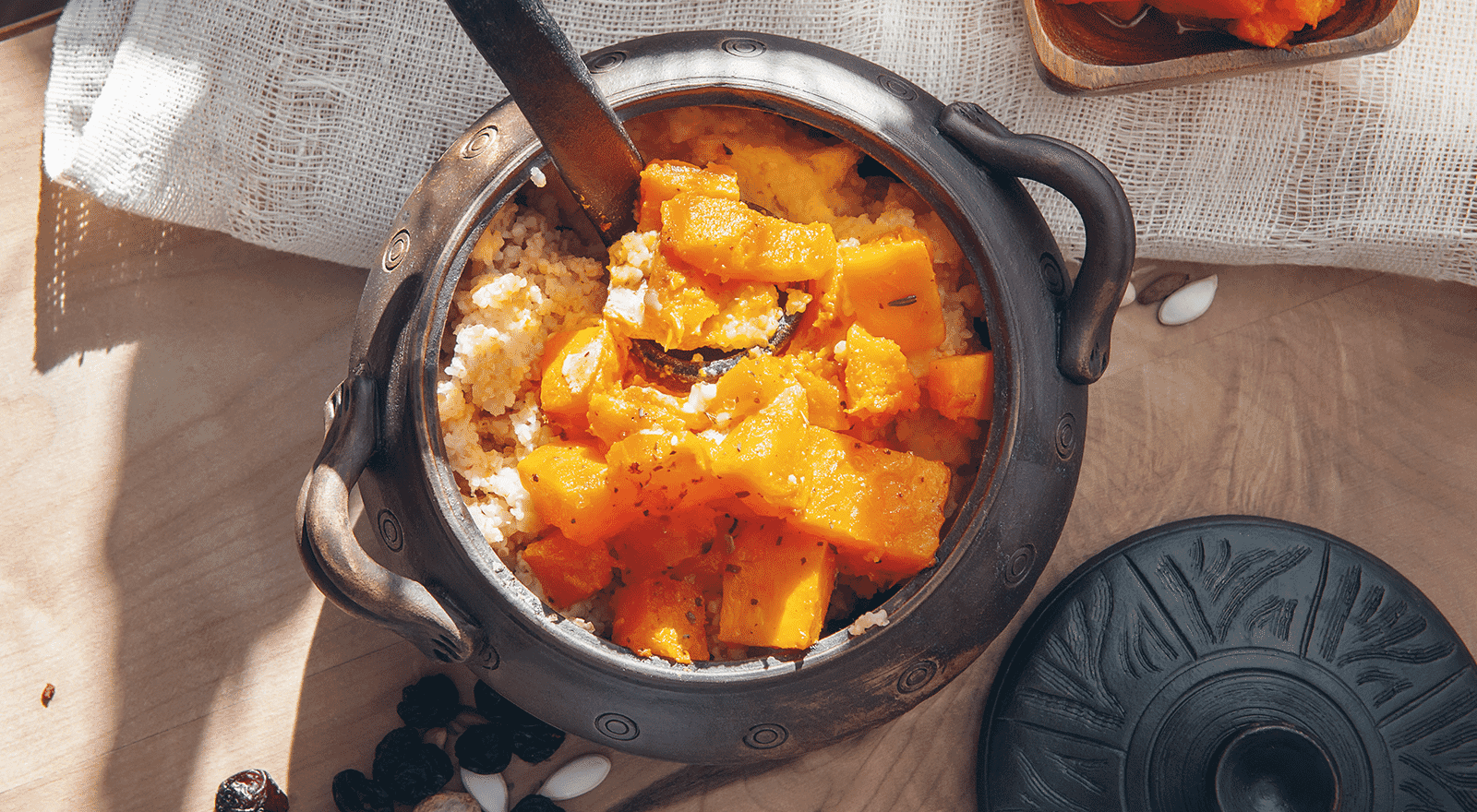
What’s Your Favorite Fairy Tale About Food?
This is just a small sampling of countless fairy tales about food that exist around the world. We hope you learned a thing or two! As a reward for expanding your literary horizons, go ahead and treat yourself to something sweet. You deserve it!
Do you have a favorite story, folklore, or fairy tale about food? Or even better, one about some kind of sweet treat? Share it with us in the comments!
Fairytale Treats for Fairy Tale Cravings
Did these fairy tales get your mouth watering?


